The Splendid Seasonality of Beer: Spring Edition
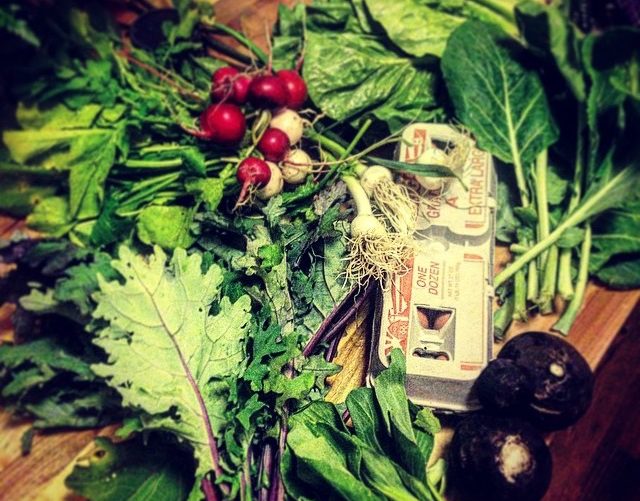
A few years ago, my girlfriend and I joined our first CSA (Community Sourced Agriculture group). The premise is pretty simple: pony up money at the beginning of the year and get a weekly allocation of local, fresh produce. The vegetables from our weekly CSA pickup became the focus of our meals instead of the staples we picked up from the grocery store. Cooking with ingredients as they came into season allowed us to play around with different recipes and flavor profiles. On top of being super fresh, everything tasted phenomenal.
I’ve always taken it for granted that, if I wanted to, I could walk to the grocery during a snowstorm in February and pick up some bananas and spinach to throw into a smoothie (although it’s more likely I’ll be grabbing a six-pack and some mac and cheese). Year-round availability of produce is a fantastic thing, but a lot of what you’re getting isn’t very fresh so the taste suffers. Imagine biting into a juicy McIntosh you just picked on a cool, fall morning. Can’t get much better than that can it? Now imagine, biting into a Red Delicious that’s been sitting under fluorescent lights in Key Food for who knows how long. Not so delicious after all.
When it comes down to it, beer is simply the delicious byproduct of seasonal ingredients. Modern advances in technology have helped brewers, just like grocers, have a consistent supply of the ingredients they need to keep operations flowing. Regardless, certain seasons have become synonymous with particular flavors, ingredients and styles. Some of this stems from earlier brewing techniques which necessitated specific environmental conditions and fresh ingredients. It also has a lot to do with people’s seasonal tastes. If you’re working outside in the summer months with no access to air conditioning, would you rather cool off with a full-bodied stout or a light, crisp pilsner? Even though foundational beer ingredients (i.e. hops and barley) are always available, many craft breweries still offer seasonal releases to complement their year-round rotation.

The most prevalent example of seasonal releases would be the surge of pumpkin beers around fall. Once the leaves start turning, shelves are filled with beers promising the tastes of pumpkin pie, warming spices and autumn. While many don’t necessarily live up to their claims, this is precisely what seasonal drinking is all about: ingredients and flavors that remind the drinker of the season. These beers have become so successful that even the macrobreweries are jumping on the bandwagon (Shocktop Orange Wheat anyone?). While other seasonal releases may not have the same hype or demand, craft beer shelves vary just as much, if not more so, than a farmers market.
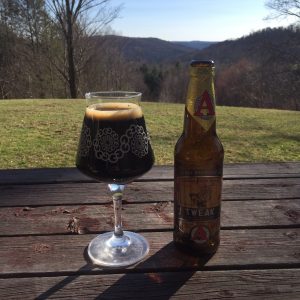
Even though it was a mild winter in New York City, that didn’t stop me from drinking my fair share of stouts. The roasted barley and heavier feel are the perfect complement to cold, snowy days. Throw in some chocolate, vanilla, coffee or barrel aging and you have a drink that’s cozier than your favorite argyle sweater. Once the warmer weather hits, though, the stouts get pushed to the back of my fridge to age. While I do know one gentleman who scoffs at the idea of a stout season, most people would tend to agree that stouts are more suited for 30 degree weather than 60 degrees.
So what replaces the stouts? Spring hasn’t exactly been summer’s perfect opening act this year, so I’m not ready for summer ales or pilsners. In fact, the weather has been downright schizophrenic which is a great reminder that transitional times can be messy. Temperatures might rise into the 70s during the day, but once that sun sets, they dip right back down. The sunny days lure you away from binging on House of Cards, but then BAM 2 inches of snow. The classic German spring seasonal, the maibock (aka helles bock or heller bock), embodies this transformation. Bocks are traditionally dark, malty, and sweet with a higher alcohol content that makes them ideal for the colder months. What makes maibocks different is that they are usually lighter in color, lower in alcohol and hoppier. It’s kind of like a mix between a bock and a helles (a traditional pale German lager that’s suited for the summer), which makes it a perfect transition beer.
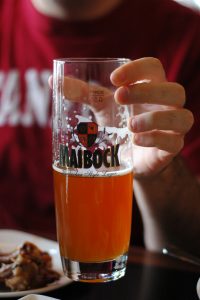
Other styles, like India Pale Lagers, White IPAs and Saisons straddle that line between winter and summer as well as maibocks. They may not be spring beers per se, but they offer a mix between heavier winter styles and lighter summer fare. India Pale Lagers (IPLs) combine the smooth, crispness of a lager and the hoppiness of IPAs without a heavy mouthfeel, malty backbone or high ABV. Likewise, White IPAs offer a lighter take on the IPA with their mix of the spice and citrus of witbiers (think Hoegarden or Allagash White) and floral hops. While the former styles are relatively new creations of American brewers, saisons, or farmhouse ales, are a traditional style that embody the smells and tastes of spring and summer. Grassy, floral and a bit funky with some fruitiness and spiciness, it was originally brewed to quench the thirst of farm hands in Belgium.
As spring has officially sprung, I thought it might be interesting to take a look at these different styles to see how well they embody the season. Will the taste remind me of a slightly chilly and rainy April morning? Will the smell remind me of the grass and flowers peeking through the soil? Or will they be more suited for year-round consumption? Stay tuned to find out!
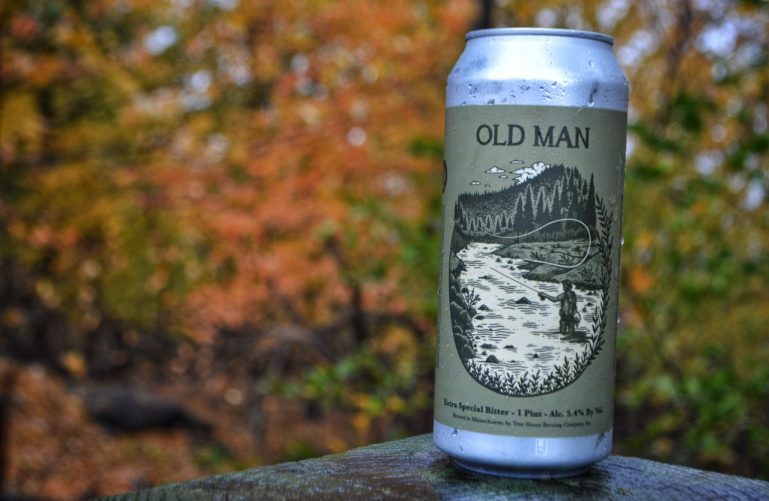
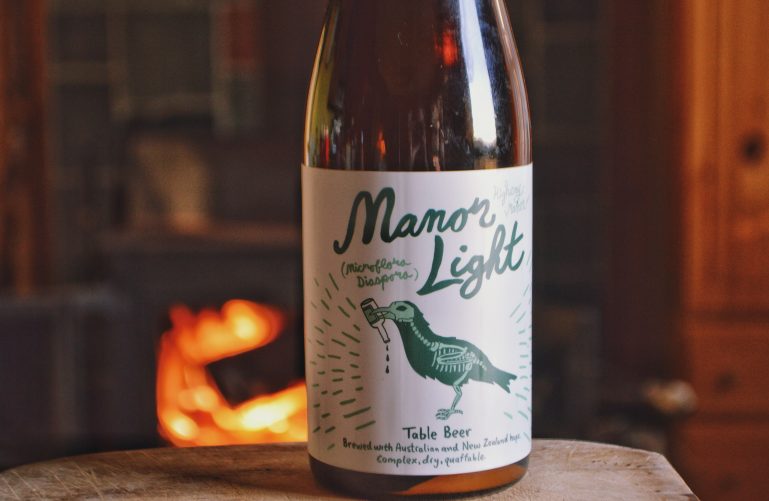
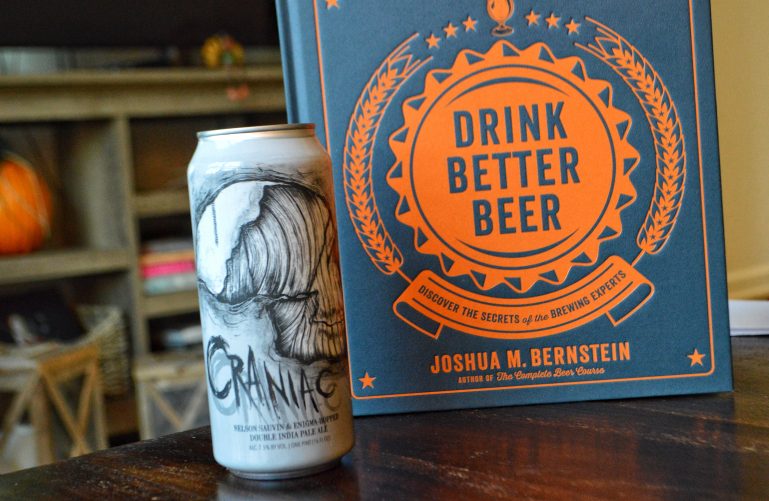
Great article! I love IPL’s, but I find that they’re hard to come by, even here in NYC (where I live). I love saison’s but they don’t stock many of them at my local grocery store (which carries a decent selection of craft beer), so I rarely ever see them in my fridge. I loved this, though! Great read. Hope you can check out my blog if you have the time. Cheers!
Thanks so much for stopping by!
I live in NYC as well (Queens to be exact) and you’re right about IPLs not being super prevalent. Singlecut put one out a while ago called KT66 which was pretty solid. Now that Jack’s Abby (the kings of IPLs in my book) are being distributed in NYC, I’m hoping some of the local guys up their game. I actually tried Captain Lawrence’s Meltwater IPL for the second part of this post, so check it out when it’s up.
I’ll definitely check out your blog. Cheers!